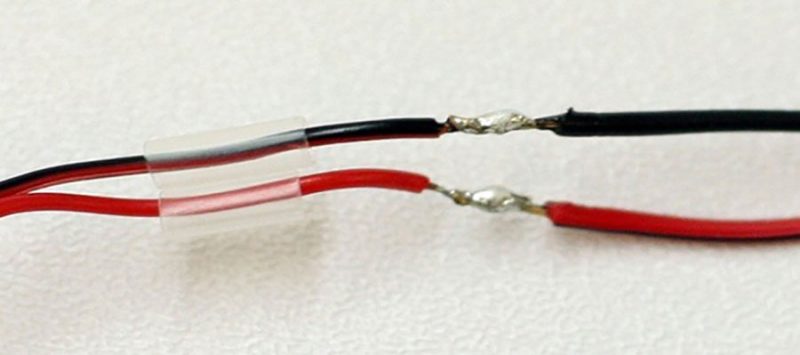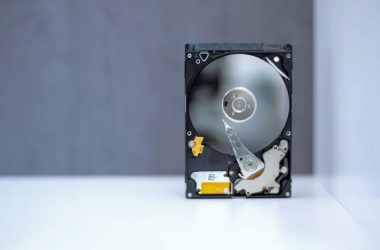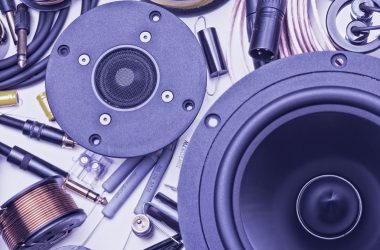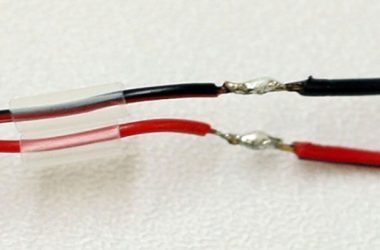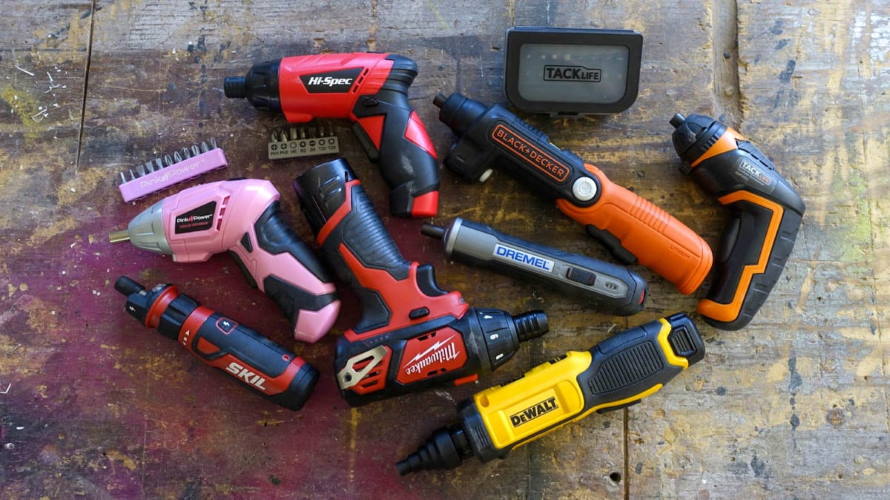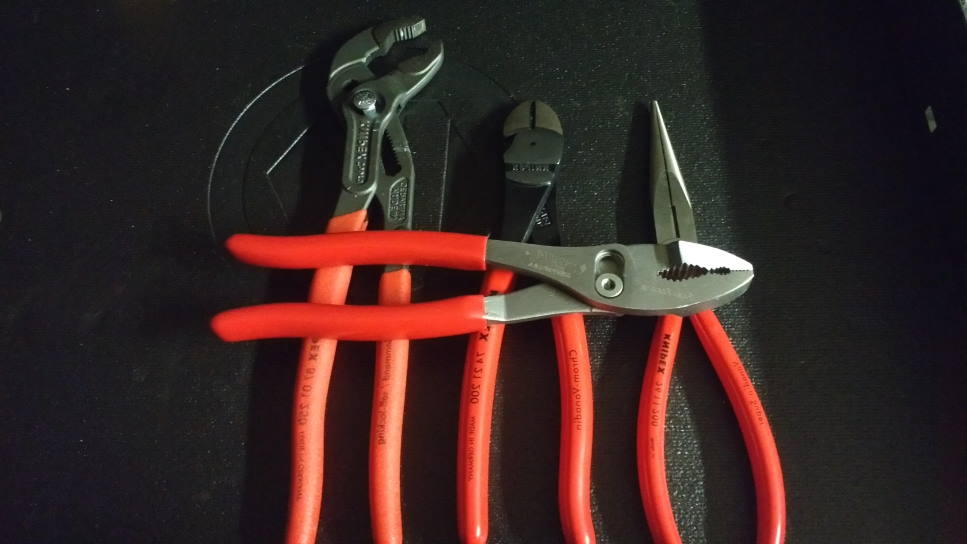Any audiophile will tell you, for the best sound clarity of your sound system, that your connections should be soldered. What they will not say, is how to do that.
If you want to enjoy music or vocals without distortion and loss of range, you have to pick up a special acoustic cord. But it’s worth remembering that depending on the quality of the equipment you need to choose a high-quality cable, for example, a cable that will be perfect for the best budget AV receiver will give a very bad sound with the more expensive receiver.
The best choice is a copper wire without impurities. Copper can be monocrystalline or oxygen-free high purification. The second variety is the best because there are no impurities in it that would increase resistance.
Sound quality directly depends on how much distortion the conductor introduces. Therefore, a key characteristic of a material is its resistance. Copper has a low resistance. Even if the cable cross-section is small, the acoustics with a copper conductor sound cleaner than with a large diameter cord but made of a different material.

To achieve high-quality sound, you need to combine a minimum length with a maximum cross-section. Simply put, the thicker and shorter the conductor, the better the music will sound. But if with a short conductor you can stop the choice on a cord of a small cross-section, then the length of the conductor more than 9.8 ft. can be compensated only by a large cross-section.
If you assemble audio systems yourself, you will encounter the need to solder the audio cable. Soldering is a necessary process because it provides a strong and reliable connection of the cable and prevents oxidation of copper at the junction.
Instruction
- Remove the polyethylene insulation and tin the exposed veins. The stranded conductor before brazing is first twisted, after which it is processed with a flux, on top of which a thin layer of heated solder is applied
- Prepare a soldering tip – dip it into the flux, and then into the tin so that the tip is covered with a small layer of solder.
- With the ends of the wire facing 180 degrees from each other, twist the wires. Do not take the ends of the different wires and make a twisted tie.
- The solder will follow the heat. Apply heat to the wire to warm up the connection. Then on the opposite side where the heat is applied, apply the solder to the wires. You may need to briefly apply the soldering iron to melt quickly.
- Ideally, you should make sure the solder melts the strands of the two copper wires, fusing the connection.
- Apply electrical tape to your new connection to electrically isolate it. Or you can opt for shrink wrap.

